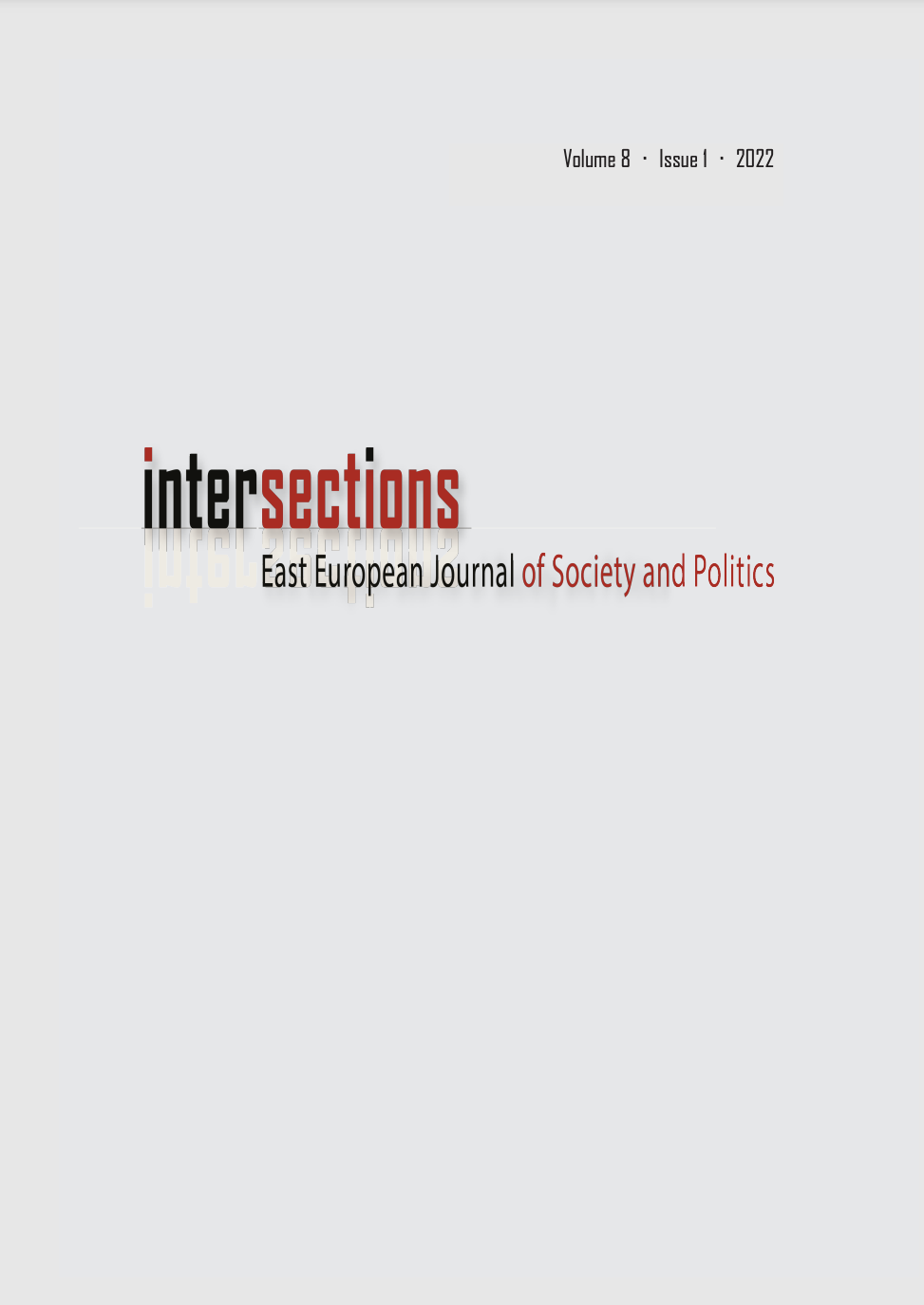Gender differences in popularity discourses
Results from an ethnically diverse Hungarian primary school sample
DOI:
https://doi.org/10.17356/ieejsp.v8i1.753Keywords:
discourse, early adolescence, gender, Hungary, popularityAbstract
Status among peers, popularity in particular, is one of the central concerns for adolescents. While popularity dynamics have been extensively researched in ‘Western’ contexts, less is known about other geographical areas. The present paper is written to address this gap by investigating the gendered patterns of popularity discourses among sixth-grade students (age 12–14) in Central and Northern Hungarian primary schools. The research involved conducting focus-group interviews with 144 pupils in ten school classes with a large proportion of ethnic Roma and socially disadvantaged students. The analysis draws on a critical, primarily Foucauldian, understanding of discourse and power relations. Most of our findings are in line with the ‘Western’ literature. Popularity discourses of boys were related to traditional ‘masculine’ traits such as sports, physical strength, and dominance, while girls’ discourses were centred on physical appearance, verbal aggression, ‘arrogance’, and kindness. However, while for boys ‘sensitivity’, a lack of physical strength, and the inability to ‘protect oneself’ were considered ‘unmanly’, no similar discourses of ‘unfemininity’ emerged. In the case of girls, primarily ‘liking boys too much’ was disapproved, while aggression, ‘bad behaviour’, and academic disengagement were not. The paper also briefly covers the intersections of gender and Roma ethnicity.

Downloads
Published
How to Cite
Issue
Section
License
Copyright Notice
Authors who publish with this journal agree to the following terms:
Authors retain copyright and grant the journal right of first publication, with the work three months after publication simultaneously licensed under a Creative Commons Attribution License that allows others to share the work with an acknowledgement of the work's authorship and initial publication in this journal.
Authors are able to enter into separate, additional contractual arrangements for the non-exclusive distribution of the journal's published version of the work (e.g., post it to an institutional repository or publish it in a book), with an acknowledgement of its initial publication in this journal. This acknowledgement is not automatic, it should be asked from the editors and can usually be obtained one year after its first publication in the journal.



